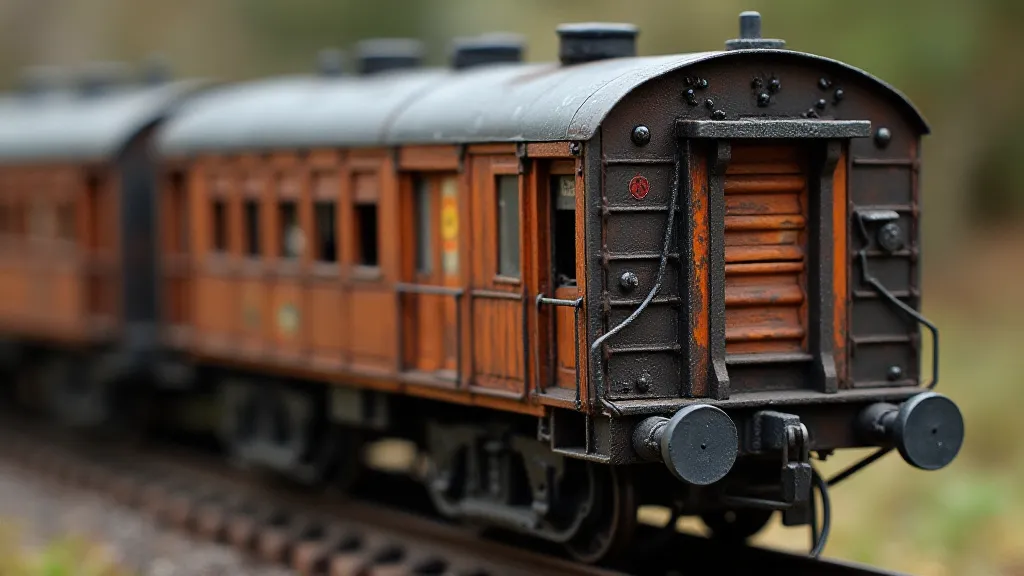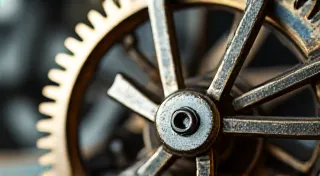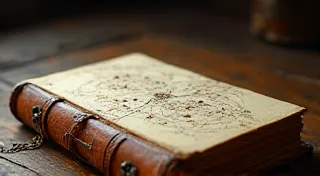The Alchemist's Workshop: Scratch-Building Rolling Stock from Raw Materials
There’s a certain magic to antique accordions. The bellows, crafted from meticulously stitched fabric, whisper stories of vaudeville stages and smoky dance halls. The keys, worn smooth by countless fingers, resonate with melodies long forgotten. It’s a similar feeling, a profound connection to history and artistry, that grips me when I approach a fresh sheet of styrene, a pile of brass, and the promise of a scratch-built train car. It’s a kind of alchemy – transforming raw materials into a miniature representation of a bygone era, imbued with a spirit of creation and painstaking detail.
Model railroading, at its heart, is about recreating a world. Starter kits offer a convenient entry point, but for those of us driven by a deeper yearning for authenticity, the journey moves beyond pre-fabricated components. Scratch-building isn't just about making; it’s about understanding. Understanding the construction techniques of the prototypes, appreciating the nuances of design, and ultimately, feeling the profound satisfaction of bringing something entirely unique to life.
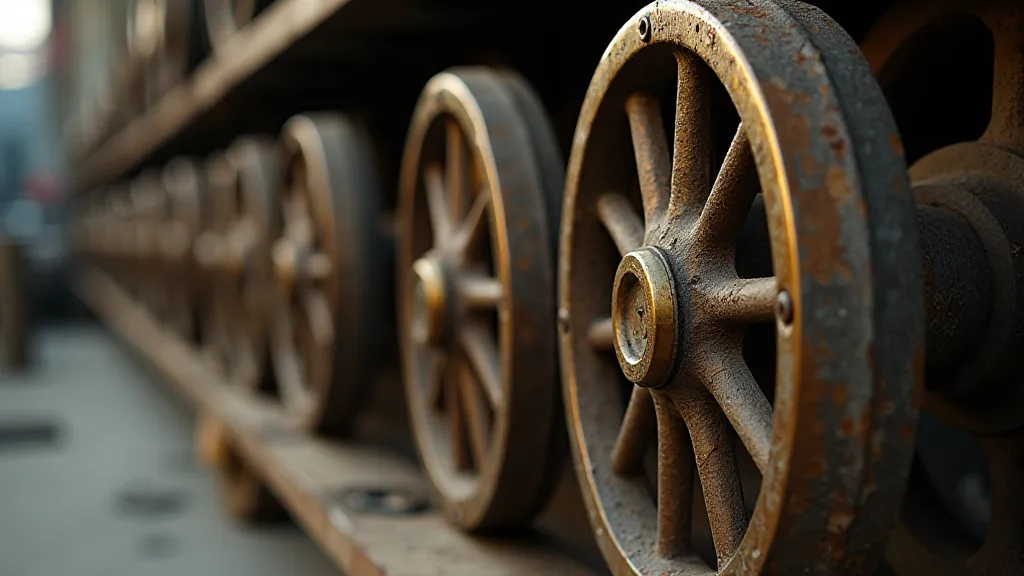
From Concept to Blueprint: Laying the Foundation
The process begins, as all good things do, with an idea. Perhaps it’s an obscure logging car from a forgotten branch line, or a beautifully ornate passenger car that rarely saw service. The key is to find a subject that sparks your imagination – something that draws you in and compels you to recreate it in miniature.
Research is paramount. Scour old photographs, consult railway diagrams, and delve into historical records. The more you learn about the prototype, the more accurately you can capture its essence. This isn’t just about getting the dimensions right; it’s about understanding the construction methods, the materials used, and the overall aesthetic. A simple boxcar might appear straightforward, but the subtleties of its bracing, the shape of its roof, and the placement of its details can dramatically impact its realism.
Then comes the blueprint. This can be a meticulously drawn technical diagram, or a more freehand sketch, depending on your skill and comfort level. Many excellent online resources provide scale drawings of various railway vehicles. Even if you’re deviating from the original design, having a solid foundation is essential for maintaining proportions and accuracy. Don't be afraid to simplify, especially when starting out. The goal isn't perfection, but a believable representation.
The Dance of Materials: Choosing Your Tools
The beauty of scratch-building lies in the flexibility of materials. While styrene is the workhorse of the hobby – easily cut, shaped, and glued – don’t limit yourself. Brass, for its strength and realistic appearance, is ideal for framing, trucks, and other critical components. Wood, carefully selected and finished, can add warmth and texture to platforms and interiors. Even found objects – bits of scrap metal, discarded plastic toys – can find a purpose in your miniature world.
Tools, too, are extensions of your vision. A razor saw, X-acto knife, files, sandpaper, and a variety of glues are the basics. For more advanced techniques, consider a small rotary tool (like a Dremel) for shaping and detailing. A hobby drill press is invaluable for creating precise holes for rivets and other small details. The accumulation of these tools becomes a testament to your dedication, each one representing a lesson learned and a skill mastered.
Building the Form: A Labor of Patience
The construction phase is where the true alchemy takes place. Cutting, shaping, and assembling the various components demands patience, precision, and a willingness to learn from mistakes. A slightly crooked cut, a misplaced rivet – these imperfections, when magnified in miniature, can be glaring. But they are also opportunities for growth, reminders that even the most skilled craftsmen make errors.
Consider the importance of truck construction. The trucks (the wheel assemblies) are arguably the most mechanically complex part of a railway vehicle. Accurate representation of the axle bearings, brake mechanisms, and suspension details dramatically elevates the realism of your model. Many experienced scratch-builders create their own custom trucks, meticulously replicating the intricate details of the prototypes. This is where the N scale (1:160) truly tests your abilities, as the sheer size of the details becomes incredibly challenging to produce.
Ho scale (1:87) offers a slightly more forgiving scale, allowing for more intricate detailing while remaining manageable. Regardless of the scale, remember that accuracy isn’t always about absolute perfection. A slight variation in dimension, a slightly different shade of paint, can add character and authenticity to your model. It’s about capturing the *essence* of the prototype, not creating a flawless replica.
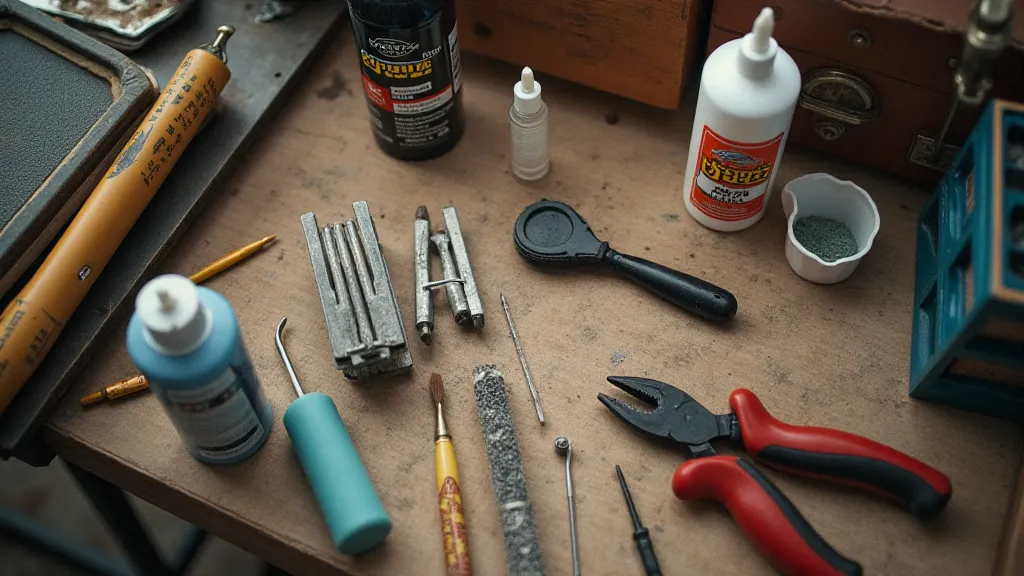
Weathering and Detailing: Bringing the Past to Life
Once the basic structure is complete, the real magic begins: weathering and detailing. This is where you breathe life into your creation, transforming it from a collection of parts into a miniature representation of a working railway vehicle.
Weathering techniques can range from simple washes of diluted paint to more complex layering of pigments and washes. The goal is to simulate the effects of time, grime, and exposure to the elements. Rust stains, dirt accumulation, and chipped paint can add incredible realism to your model.
Detailing is where you truly showcase your skill. Adding details like rivets, grab irons, lamps, and marker lights requires a steady hand and a keen eye. Scratch-built details, crafted from brass or styrene, can significantly enhance the realism of your model. Even seemingly minor details, such as the placement of warning labels or the type of paint used, can contribute to the overall authenticity.
A Legacy of Creation: More Than Just a Hobby
Scratch-building rolling stock isn’t just a hobby; it’s a connection to the past, a testament to human ingenuity, and a celebration of craftsmanship. It’s a journey of discovery, a chance to learn new skills, and a source of immense satisfaction. It’s the closest we can get to understanding the men and women who built these magnificent machines – and the spirit of innovation that drove them. Just as a seasoned accordion repairman can tell the history of a musical instrument simply by examining its condition, a meticulous scratch-builder can imbue their miniature creations with a similar narrative power. The resulting model isn't just an object; it's a miniature echo of a bygone era, a tangible link to a world that once was.
